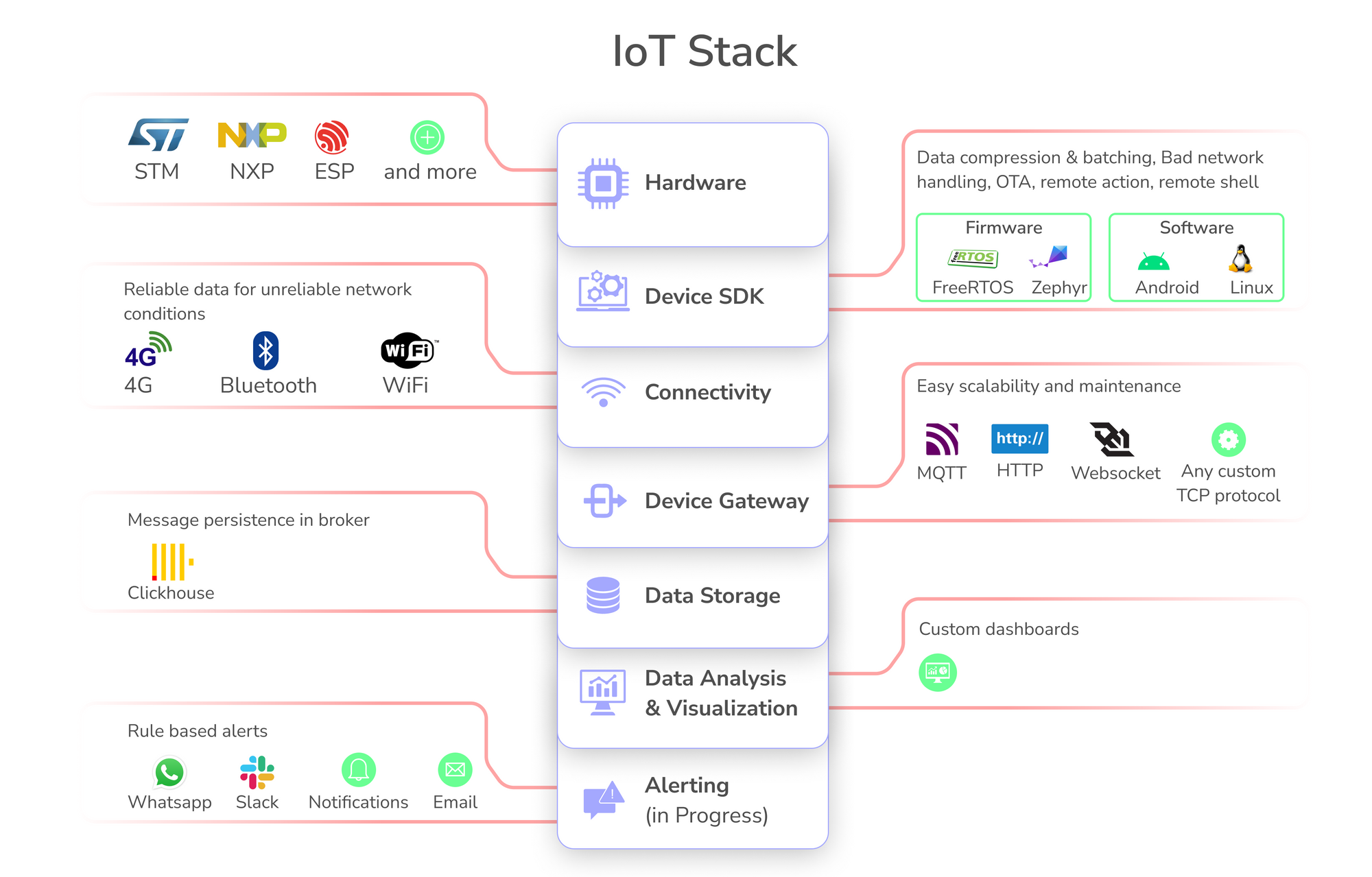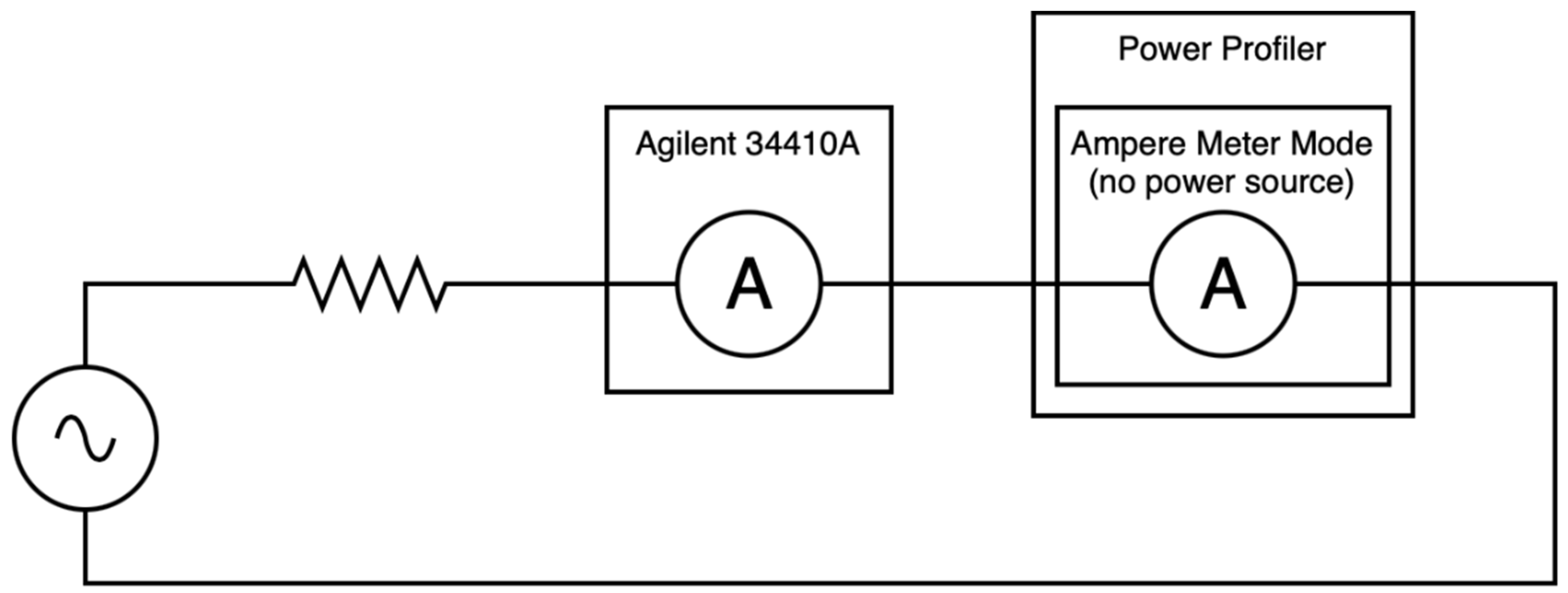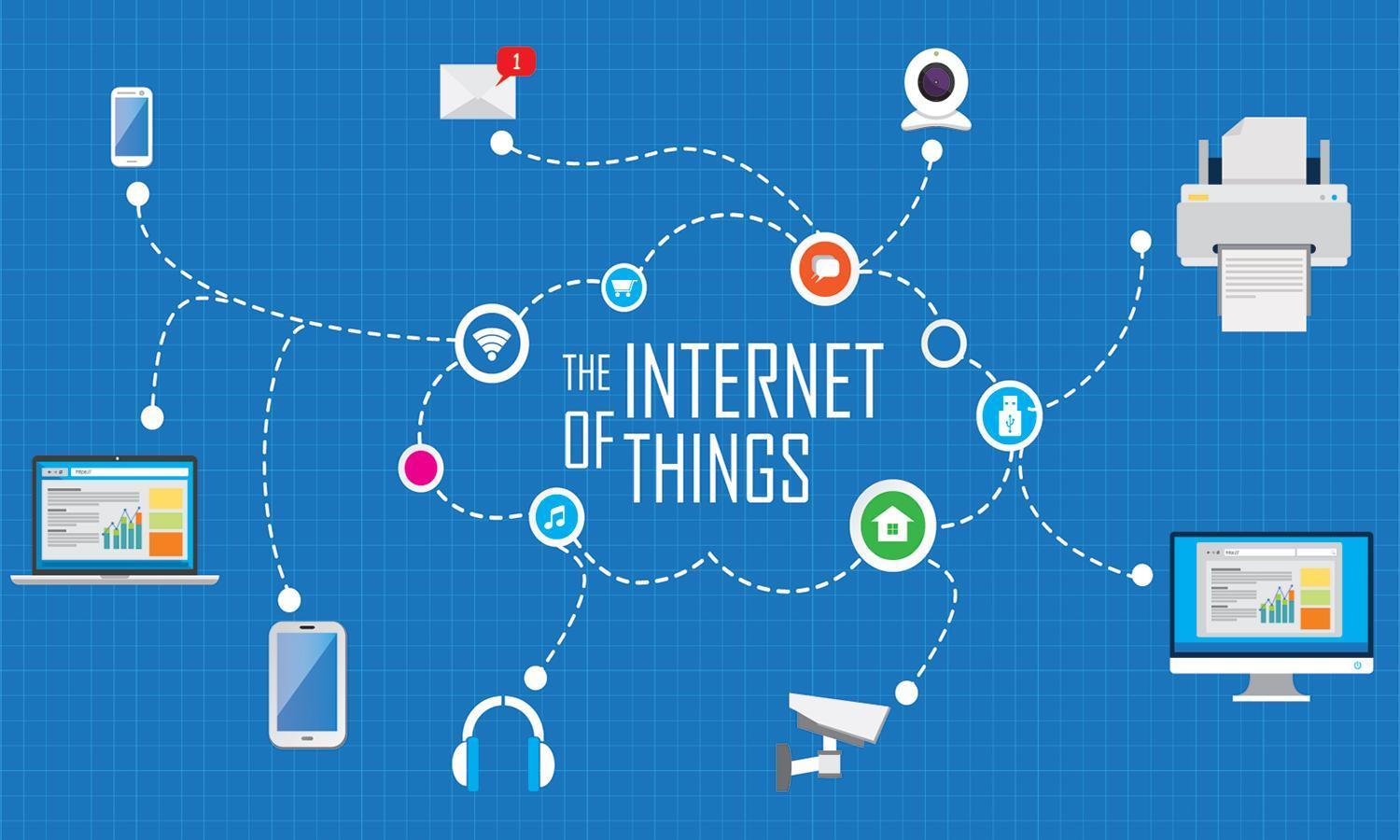Breaking barriers in smart metering with Wi-Fi HaLow: Smart meters are revolutionizing energy management, but deploying them effectively faces significant hurdles. Traditional communication methods often fall short in terms of range, power consumption, and cost, hindering widespread adoption. This article explores how Wi-Fi HaLow, a low-power, long-range wireless technology, is overcoming these challenges, paving the way for a more efficient and interconnected smart grid.
Wi-Fi HaLow’s long range and low power consumption are breaking barriers in smart metering, enabling wider network coverage and longer battery life for smart meters. It’s a big leap forward, but sometimes even the best tech can’t prevent accidents like the one reported here: Man charged with dangerous driving after Sam Kerr’s grandmother hit , reminding us that safety remains paramount.
Ultimately, reliable smart metering solutions, like those powered by Wi-Fi HaLow, contribute to a safer and more efficient future.
We’ll delve into the technical specifics of Wi-Fi HaLow, comparing it to other communication protocols and examining successful real-world implementations. We’ll also address crucial aspects like network architecture design, data security, and interoperability standards, providing practical insights for deploying and managing Wi-Fi HaLow-enabled smart meter networks. Finally, we’ll look at future trends and innovations that promise to further enhance the capabilities of this promising technology.
Wi-Fi HaLow in Smart Metering: A Deep Dive
Smart metering is revolutionizing how we monitor and manage energy consumption. Wi-Fi HaLow, with its unique capabilities, is emerging as a compelling communication technology for this sector. This article explores the benefits, challenges, and future of Wi-Fi HaLow in smart metering, focusing on its ability to overcome traditional barriers and enhance data security.
Okay, so we’re talking about Wi-Fi HaLow revolutionizing smart metering, right? It’s all about extending range and boosting reliability. It’s a big deal, kind of like when a legendary sportscaster like Greg Gumbel, who sadly passed away as reported here: Sportscaster Greg Gumbel dies at age 82 , leaves a lasting impact. Getting back to smart meters, Wi-Fi HaLow is truly changing the game in terms of efficient data transmission for a better energy future.
Introduction to Wi-Fi HaLow in Smart Metering
Wi-Fi HaLow, operating in the 900 MHz band, offers several advantages over traditional smart metering communication technologies. Its long range, low power consumption, and robust penetration through obstacles make it ideal for diverse geographical deployments, including dense urban environments and rural areas with challenging terrains.
Unlike technologies like Zigbee or Z-Wave, which suffer from limited range and require dense network deployments, Wi-Fi HaLow’s extended range reduces the infrastructure cost and complexity. Furthermore, its lower power consumption extends battery life in smart meters, reducing maintenance requirements and operational expenses. The technical specifications relevant to smart metering include its low data rate, suitable for infrequent meter readings, and its ability to support various network topologies.
Successful implementations of Wi-Fi HaLow in smart metering projects are already underway. For example, several utility companies are leveraging Wi-Fi HaLow to create wide-area networks capable of efficiently collecting data from thousands of smart meters across sprawling service areas. These deployments highlight Wi-Fi HaLow’s scalability and reliability.
| Protocol | Range | Power Consumption | Data Rate |
|---|---|---|---|
| Wi-Fi HaLow | Up to 1 km (depending on environment) | Very Low | Low (suitable for infrequent data transmission) |
| Zigbee | Up to 100 meters (depending on environment) | Low | Moderate |
| Z-Wave | Up to 30 meters (depending on environment) | Low | Low to Moderate |
| LoRaWAN | Up to 10 km (depending on environment) | Very Low | Low |
Addressing Deployment Challenges with Wi-Fi HaLow

Common barriers to widespread smart meter adoption include high deployment costs, limited communication range in certain environments, and concerns about battery life. Wi-Fi HaLow directly addresses these issues. Its long range reduces the number of base stations required, lowering infrastructure costs. The low power consumption extends the lifespan of smart meter batteries, minimizing maintenance. Strategies for optimizing Wi-Fi HaLow network deployment involve careful site surveys to identify optimal base station locations and the use of mesh networking to enhance coverage and resilience.
A hypothetical Wi-Fi HaLow network architecture for a smart city might include a central management system, data collection points strategically placed throughout the city, and numerous Wi-Fi HaLow-enabled smart meters installed in residential and commercial buildings. The meters would communicate with the nearest data collection point, which would then relay the aggregated data to the central system. This architecture ensures reliable data collection and efficient network management.
Okay, so we’re talking about Wi-Fi HaLow revolutionizing smart metering, right? It’s all about extending range and cutting costs. It’s a pretty big deal, actually, but then I saw the news that Sportscaster Greg Gumbel dies from cancer at age 79 , which is really sad. Anyway, back to smart metering – Wi-Fi HaLow’s low-power capabilities are key to making this technology truly widespread.
Enhancing Data Security and Privacy, Breaking barriers in smart metering with Wi-Fi HaLow
Ensuring secure data transmission is paramount in smart metering. Wi-Fi HaLow employs robust security mechanisms, including encryption and authentication protocols, to protect sensitive data from unauthorized access. Potential threats, such as eavesdropping and data manipulation, can be mitigated through the implementation of strong encryption algorithms (e.g., AES) and secure authentication protocols (e.g., WPA3).
- Implement strong encryption (e.g., AES-128 or AES-256).
- Use robust authentication protocols (e.g., WPA3).
- Regularly update firmware to patch security vulnerabilities.
- Employ intrusion detection and prevention systems.
- Implement access control mechanisms to restrict unauthorized access.
Interoperability and Standardization

Interoperability is crucial for seamless integration of Wi-Fi HaLow smart meters with existing infrastructure and different vendor equipment. Adherence to established standards ensures compatibility and avoids vendor lock-in. Existing and emerging standards, such as those defined by IEEE and other industry bodies, provide a framework for interoperability. Seamless integration involves careful consideration of communication protocols and data formats to ensure compatibility between different components of the smart metering system.
A Wi-Fi HaLow smart meter communicates with a data collection point using a defined protocol (e.g., MQTT). The data collection point then transmits the aggregated data to a central management system via a secure network connection (e.g., Ethernet or cellular). This data flow ensures efficient and secure data transmission throughout the system.
Future Trends and Innovations
Wi-Fi HaLow’s potential in smart metering extends beyond basic meter reading. Future applications could include advanced grid management, demand-side management, and integration with other smart city services. Advancements in Wi-Fi HaLow technology, such as improved power efficiency and enhanced security features, will further enhance smart metering capabilities. The convergence of AI and IoT will enable predictive maintenance, optimized energy consumption, and proactive grid management.
- Improved power efficiency in Wi-Fi HaLow chips.
- Development of more robust security protocols.
- Integration with AI for predictive maintenance and anomaly detection.
- Enhanced data analytics capabilities for optimized energy management.
Wrap-Up: Breaking Barriers In Smart Metering With Wi-Fi HaLow

Wi-Fi HaLow is emerging as a powerful solution to the challenges of smart meter deployment. Its low power consumption, extended range, and robust security features make it ideally suited for large-scale smart grid initiatives. By addressing concerns around cost, interoperability, and data security, Wi-Fi HaLow is unlocking the full potential of smart metering, enabling a more efficient, reliable, and secure energy future.
The continued development and standardization of Wi-Fi HaLow, coupled with advancements in related technologies, will further drive its adoption and contribute to a smarter, more sustainable world.
FAQ Insights
What is the typical lifespan of a Wi-Fi HaLow enabled smart meter?
This depends on the specific meter and usage, but generally, you can expect a lifespan of 10-15 years.
How does Wi-Fi HaLow handle interference from other wireless networks?
Wi-Fi HaLow operates in the 900 MHz band, which is less congested than the 2.4 GHz and 5 GHz bands used by other Wi-Fi technologies. This reduces the risk of interference.
What are the regulatory requirements for deploying Wi-Fi HaLow smart meters?
Regulations vary by country and region. Check with your local authorities for specific compliance requirements before deployment.
Is Wi-Fi HaLow suitable for all types of smart meters?
While widely applicable, the suitability depends on specific meter requirements and the environment. Factors such as range and data rate needs should be considered.